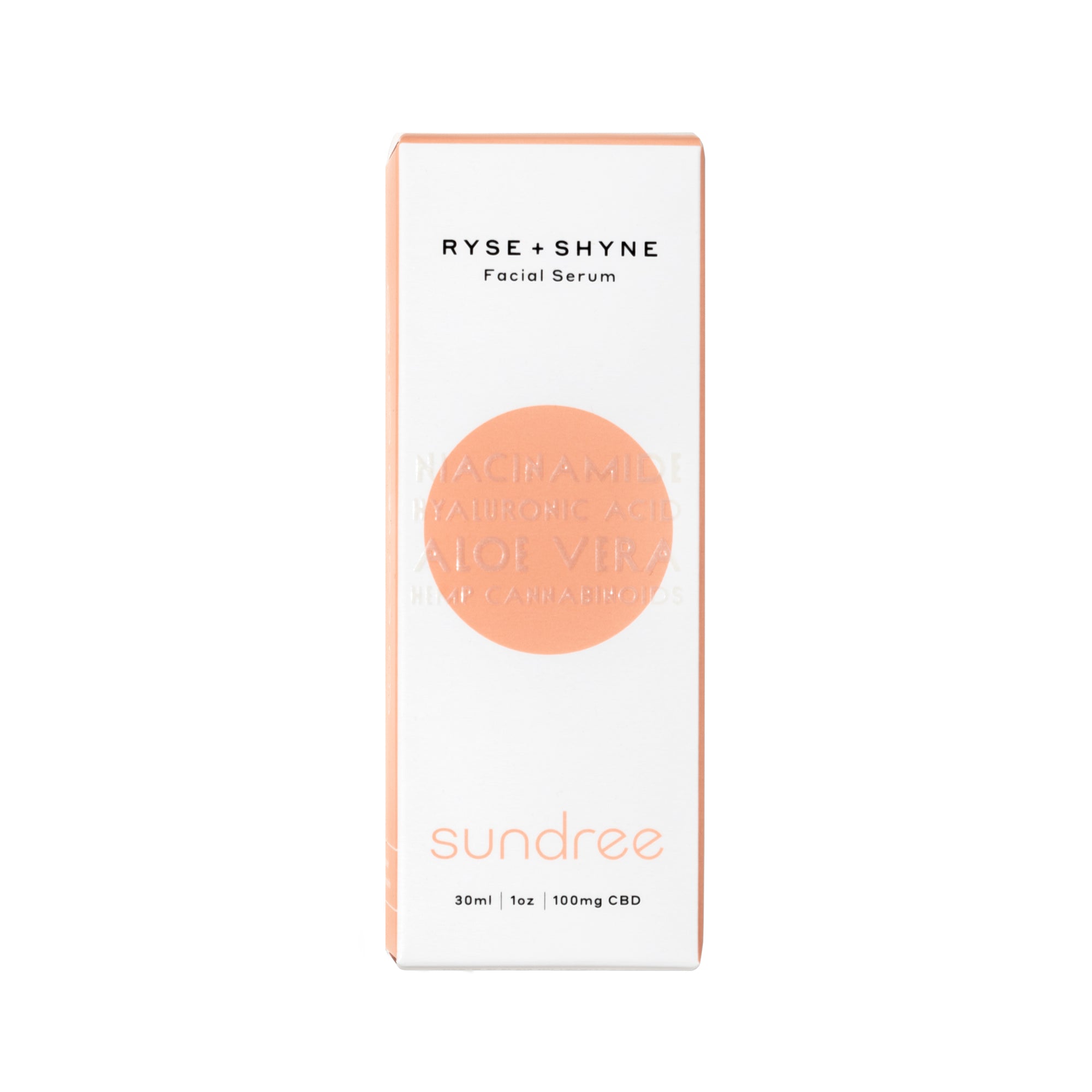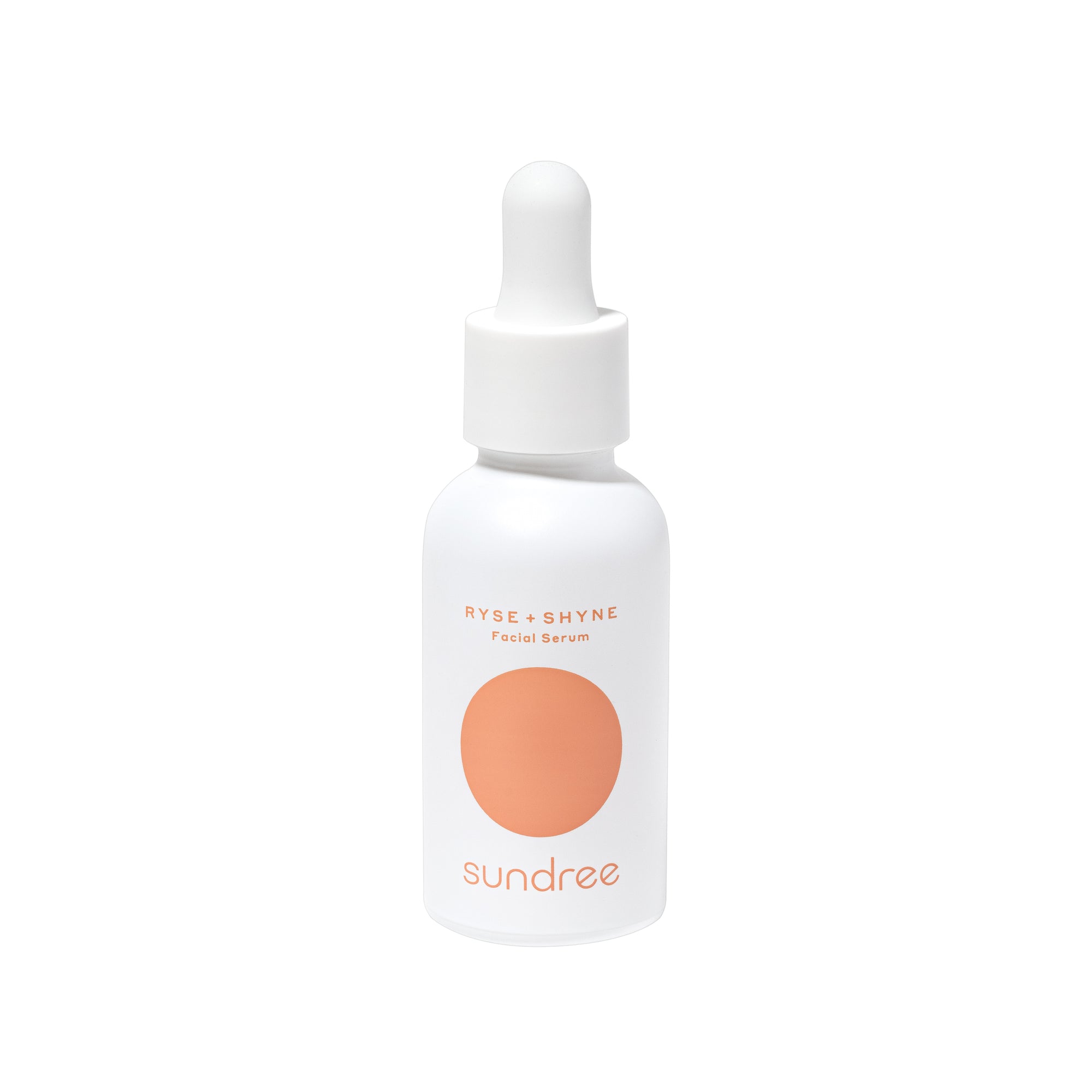Social media platforms like Instagram and TikTok have become the home of hundreds of innovative skincare and beauty trends. If you’re a skincare enthusiast and use social media, chances are you’ve come across the term “skin cycling”. The viral beauty trend “skin cycling” has been floating around on social media lately, endorsed by many skincare specialists.
The legitimacy and effectiveness of skin cycling is why it has become a part of the skincare regimen of many skincare devotees, influencers, and skincare experts. If you haven’t heard of this method before or aren’t familiar with what it is, how it works, and what it does for the skin, keep reading!
Skin Cycling
Although the practice has been around for some time, Whitney Bowe, a dermatologist from New York City, initially introduced the term skin cycling on TikTok. It is a strategic procedure that involves using your nighttime skincare products in a specific manner to amp up their results and reduce any adverse effects, such as redness or irritation, on the skin.
What distinguishes skin cycling from other skincare approaches is that it focuses on and encourages keeping your skincare regimen simple, unlike mainstream skincare methods. The skincare cycling method requires using skincare products with certain active ingredients and incorporating rest days in between your treatment products to allow your skin to recover and repair itself. The aim of giving rest days during the week is to reduce the likelihood of inflammation and irritation to the skin.
How Does Skin Cycling Work?
The practice of skin cycling involves applying skincare products with powerful active ingredients to the skin, including an exfoliator, a retinoid product, and a moisturizing product.¹ The exfoliating product used is formulated with an AHA or BHA-based exfoliator that helps remove the skin's outer dead and dull layer. Retinoid products usually come in retinol or retinaldehyde, which offers countless skin benefits. The last step is moisturizing the skin using a facial serum, commonly a hyaluronic acid serum, and other moisturizing products to soothe, moisturize, and repair the skin.
The science behind the effectiveness of skin cycling is based on creating a flexible skincare routine according to specific skin problems, types, and conditions. This ensures that harsh and potent ingredients, like retinol and exfoliating acids, don’t aggravate and damage the skin. Since overuse of these compounds is not healthy for the skin and can affect the integrity and appearance of the skin’s barrier, skin cycling works to rule this factor out. In addition, this method recognizes that there is no one-size-fits-all skincare routine and helps to devise a customized skincare routine to manage and treat particular skin concerns.
With all these active ingredients in hand, the timing matters a lot. This is why skin cycling is a four-night practice that involves exfoliating the skin on the first night, applying retinoids on the second, and letting the skin recover on the third and fourth nights on rest days.
Benefits of Skin Cycling
You must be wondering how your skin can benefit from skin cycling. Well, below are the reasons why so many skin cycling followers and professionals suggest it:
- Quick Results - When you practice skin cycling, you don’t have to wait months to see the visible changes in your skin tone and texture. The results of applying exfoliating acids and retinoids, followed by a short recovery break, are evident pretty soon. As few as two rounds of skin cycling are enough to yield a noticeable difference in the skin. After two to three cycles, you’ll see softer, more radiant, and deeply hydrated skin.
- Healthier Skin Barrier - anyone who loves and pampers their skin knows the significance of a healthy and strong skin barrier. Skin cycling can help to restore and fortify the protective barrier. A strong barrier protects against external elements that can threaten the skin’s health and appearance. It can protect the skin from toxic chemicals, UV rays, bacteria, toxic chemicals, allergens, and other pollutants in the air. It can also aid in preventing and managing a range of symptoms associated with inflammatory skin conditions like dermatitis, eczema, and psoriasis.
- Tolerance to Active Ingredients - One of the reasons why you should consider skin cycling is if you intend to use powerful active ingredients. This aspect is particularly important for you if you have very sensitive or dry skin that reacts to these ingredients. Skin cycling can help to build tolerance in your skin toward these compounds and reduce their adverse effects as it allows the skin to repair before applying active ingredients again.
- Protection from Seasonal Effects - When you apply intensely moisturizing, nourishing, and hydrating products, such as a hyaluronic acid moisturizer or facial serum, on recovery nights, it helps to defend the skin against skin problems due to seasonal changes. Cold, dry, and windy climates can be particularly tough on sensitive and dry skin, so skin cycling can provide you with some relief during the harsh season.
How is Skin Cycling Performed?
If you’re intrigued by the skin cycling method and want to replace your regular skincare regimen with it, here’s a complete guide on how you can get started:
- Night 1: Exfoliation
The first step to be carried out on the first night of your skin cycling procedure is using a chemical exfoliator.² Before you apply your exfoliator on the first night of your skin cycling method, cleanse your skin thoroughly with your regular face wash or cleanser and pat dry it. Now slather on your exfoliating product as suggested on the packaging. This will help lift off the piles of excess sebum, impurities, and dead skin cells from the skin's surface, revealing a fresher, even-toned, and plumper complexion.
This step of skin cycling comes before other steps because it will not only help to slough off dead skin but also improve the penetrability, hence efficacy, of other active ingredients of your skincare products. After exfoliating your skin, follow with a moisturizer, including your facial serum (preferably containing hyaluronic acid). For dry skin, use a thick and creamy moisturizer and a facial serum or hyaluronic acid serum.
- Night 2: Retinoids
The second night of skin cycling is focused on applying a skincare product with an active form of retinoid on the face.³ This compound is derived from vitamin A and is most commonly used to treat acne. Over recent years, it has gained more popularity as an anti-aging agent that helps to minimize wrinkles, age spots, and fine lines. Retinoids can include over-the-counter products tailored with retinol or prescription-grade medication containing tretinoin.
OTC products with retinoids are gentler. Therefore, it’s recommended that you add an OTC retinol product to your skin cycling routine. Start by cleansing and pat dry the skin, then apply a small amount of a low-concentration retinol product. Gradually increase the amount or concentration of this active compound. If your skin is dry around the eyes and nasal area, apply moisturizer before using retinol.
- Night 3 and 4: Recovery
The last step of skin cycling involves allowing the skin to recover, comprising nights 3 and 4 of the procedure. During this period, you must refrain from applying skincare products with exfoliating acids and retinoids. This break is to let your skin heal and repair itself naturally.
The focus should be on keeping the skin nourished and moisturized. Use your nourishing and moisturizing facial serum, hyaluronic acid products, or moisturizer designed to cater to your skin's needs. These products are used to accelerate the restoration of the skin’s natural lipid barrier, as the products used on the first and second night can cause sensitivity and dryness, especially for those with dry skin.
On the recovery nights, cleanse your face, and apply your moisturizing and hydrating products, such as a facial serum and moisturizing product with hyaluronic acid. Note that your cycle timing can vary according to your skin type or issues, and your skincare expert can help you personalize your skin cycling routine.
Final Thoughts
Skin cycling is one of the most popular skincare trends on social media that seems to be adored by many influencers and skincare professionals. Thanks to the efficiency of the skin cycling method, it can take your regular skincare regimen to the next level. This technique is based on the ideology that more isn’t always the best when caring for your skin.
This buzzy skincare practice involves a different way of applying your skincare products with active compounds to improve their effectiveness and reap more benefits with fewer products. In this approach, skincare products are used by giving ‘rest days’ to your skin instead of applying the same product every day. This intermittent or altering use of skincare products is seen to offer a plethora of skin benefits. So, give this method a go to elevate your skincare game.
Citations:
- West, Mary. (2021). ‘What to know about retinoids’, Medical News Today, Accessed March 23, 2023. Available at: https://www.medicalnewstoday.com/articles/retinoids
- S. Brooklyn. (2022). ‘Physical vs Chemical Exfoliants: Which One is Better For you?’, Sundree, Accessed March 24, 2023. Available at: https://sundree.com/blogs/news/the-difference-between-chemical-and-physical-exfoliators
- Gallagher, Casey, MD. (2022). “What to Know About Topical Retinoids for Acne’, Sundree, Accessed March 24, 2023. Available at: https://www.verywellhealth.com/acne-treatment-with-topical-retinoids-1069599













